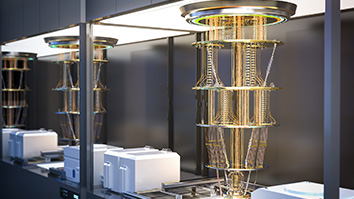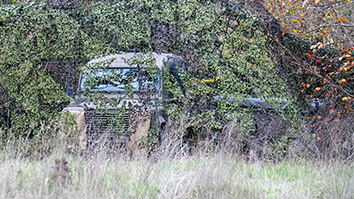Citation
Horacio Franco, Chris Cobo-Kroenke, Stephanie Welch, and Martin Graciarena. 2020. Wideband spectral monitoring using deep learning. In Proceedings of the 2nd ACM Workshop on Wireless Security and Machine Learning (WiseML ’20). Association for Computing Machinery, New York, NY, USA, 19–24. DOI:https://doi.org/10.1145/3395352.3402620
Abstract
We present a system to perform spectral monitoring of a wide band of 666.5 MHz, located within a range of 6 GHz of Radio Frequency (RF) bandwidth, using state-of-the-art deep learning approaches. The system detects, labels, and localizes in time and frequency signals of interest (SOIs) against a background of wideband RF activity. We apply a hierarchical approach. At the lower level we use a sweeping window to analyze a wideband spectrogram, which is input to a deep convolutional network that estimates local probabilities for the presence of SOIs for each position of the window. In a subsequent, higher-level processing step, these local frame probability estimates are integrated over larger two-dimensional regions that are hypothesized by a second neural network, a region proposal network, adapted from object localization in image processing. The integrated segmental probability scores are used to detect SOIs in the hypothesized spectro-temporal regions.
Keywords: Deep learning, wideband spectral monitoring, cognitive radio


